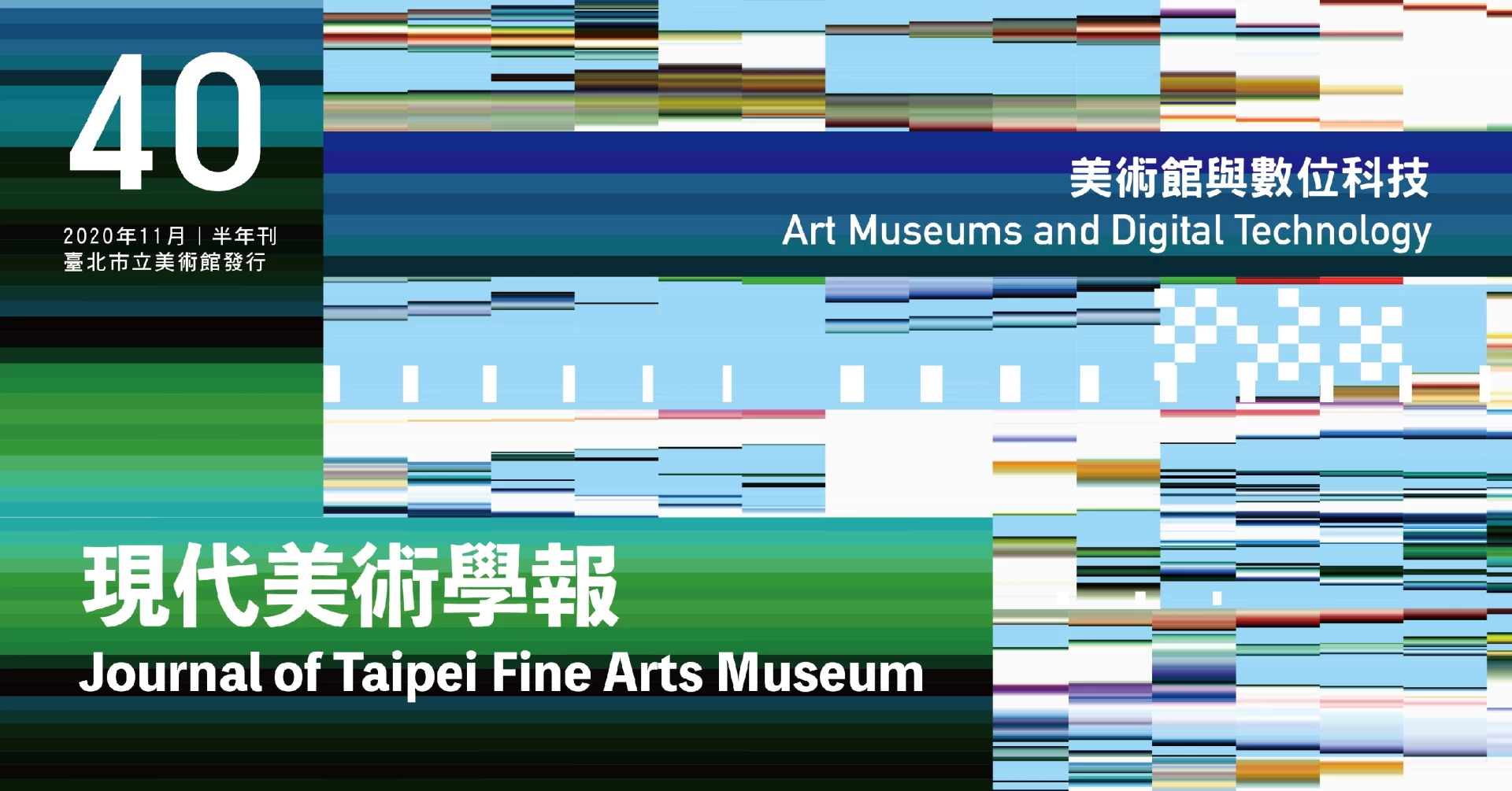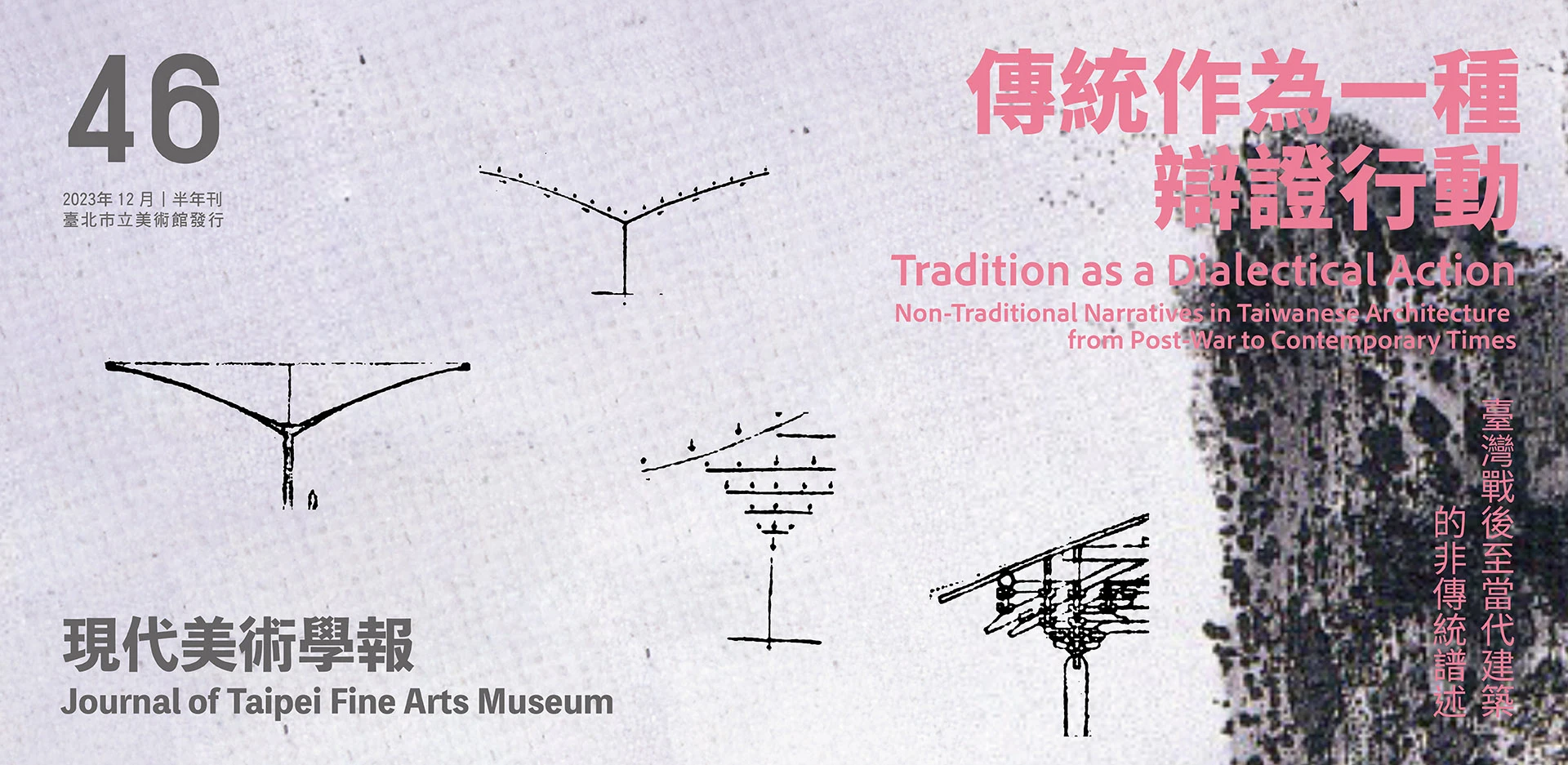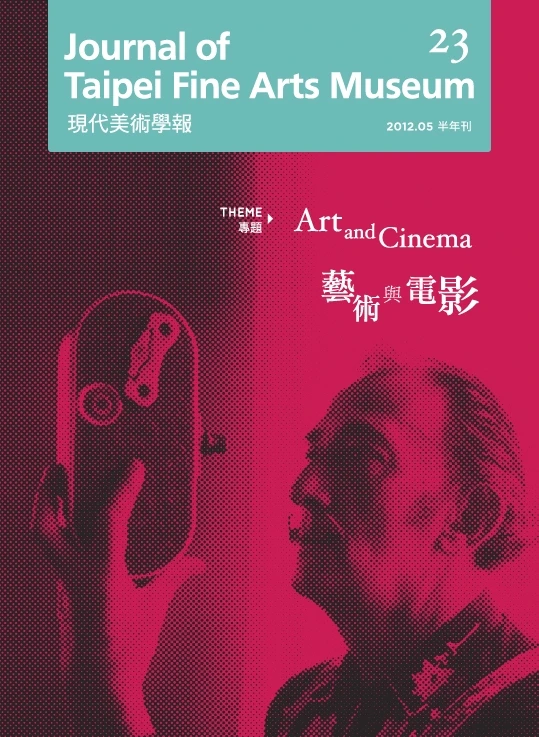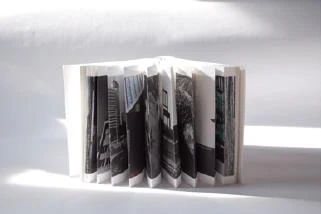摘要
二十世紀初期的現代藝術潮流中,許多藝術家放棄了傳統上對自然的客觀描繪,為了探尋新的創新可能而另闢蹊徑。其中有部分藝術家嘗試從音樂——這個富於精神性且最抽象的藝術——提取靈感,作為造形藝術的參照。
然而這種嘗試也是五花八門的,有只借用音樂表面圖像的;有將聆聽感受在畫布上即興發揮的;有選擇表現特定樂曲象徵內涵的;也有以理性科學角度,將音樂結構或特質視覺化的。然而,畢竟繪畫與音樂兩種藝術之間存在根本上差異,而打破時間藝術與空間藝術的觀念間隔,則是不可缺少的課題。
本文將探討繪畫與音樂兩種藝術類比時所涉及的時間、空間的問題,並延伸探討節奏(Rhythm)在繪畫中的表現形式。文中主要參考兩位二十世紀初畫家——保羅.克利與法蘭提塞克.庫普卡——在這方面的論述與其在創作中的經驗。其中如庫普卡提出的印象時間,牽涉到創作時的畫面元素安排與欣賞時觀者內在感知的現象;又如克利認為從創造到欣賞,一切涉及到運動、變化都是時間;而繪畫的多向性(multiderection)時間比音樂的單向性時間更為自由。最後討論到美學原理之一的節奏問題,兩位畫家在創作上對節奏的理解。特別是克利提出的結構性節奏與個體性節奏,如同規律與變化兩種性質的對立與互補,點出了古今相通的美學觀點,並成為其創作中特色之一。他們的經驗反映出了二十世紀初期抽象潮流中一部分創作思想根源。
關鍵詞
音樂性、節奏、印象時間、結構性節奏、個體性節奏
Abstract
In the modern art trend of the early twentieth century, many artists gave up the traditional objective depiction of nature, in order to explore new and innovative possibilities. Some artists try to extract inspiration from music, the most spiritual and most abstract art, as a reference for creating art.
However, such attempts are also varied and complicated. Some only portrait the various scenes of music concerts or fragments of the images of different instruments or musical line on the score; some would improvise with picturale elements onto the canvas from the sensation of Listening to music; some choose specific pieces to express a programmatic idea; some analyze from a rational and scientific perspective, and then visualize the structure or characteristics of the music in their works.
This article will discuss the time and space in the analogy between painting and music, and the expressions of rhythm in painting. The article takes the reference from the artworks and statements of two early twentieth-century painters—Paul Klee and Frantisek Kupka.
Kupka proposed the "Impressional duration," for instance, that involves the arrangement of elements in the painting and the phenomenon of internal perception of viewers. Klee, as another example, believed that time was involved in the movement and transition in a painting from creation to its being appreciated by viewers. And the multi-directions of time in painting is more flexible than the one-direction of time in music.
Finally, the article discusses rhythm, one of the aesthetic principles, and the understanding of rhythm of these two painters in their artworks. In particular, Klee's dividual rhythm and Individual rhythm, like the opposition and complementarity of the two natures, regularity and variety, show the similarity between ancient and modern aesthetic views, and establish one of his own unique features of creation.
Their experience reflects certain ideological basis in the abstract art of the early twentieth century.
Keywords
Musicality, Rhythm, Impressional duration, Dividual rhythm, Individual rhythm






